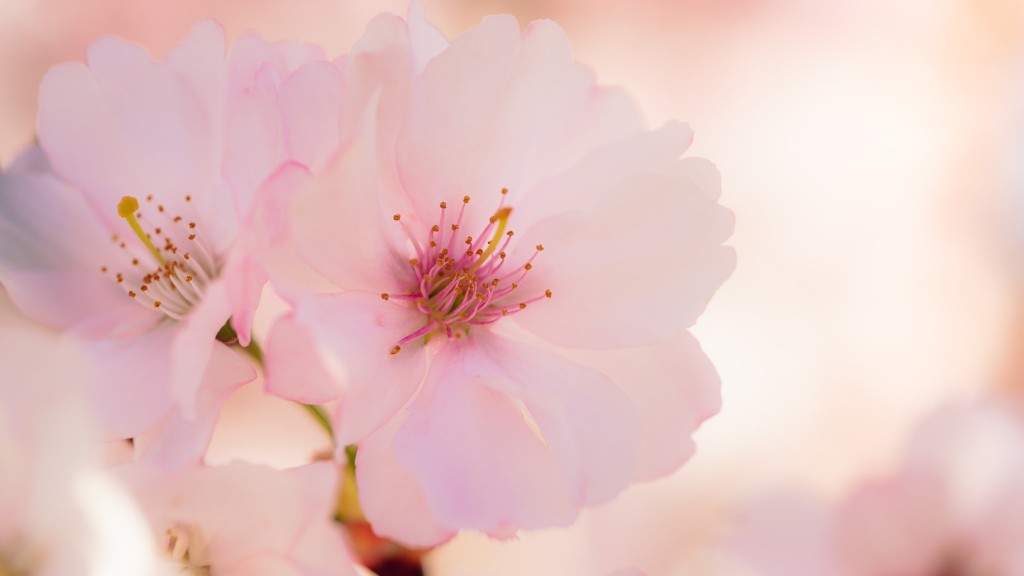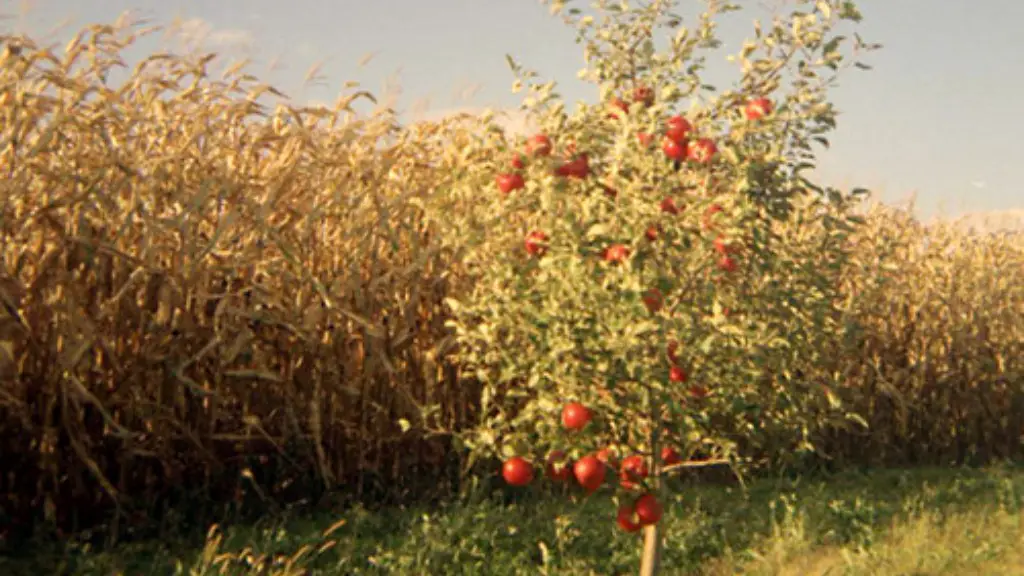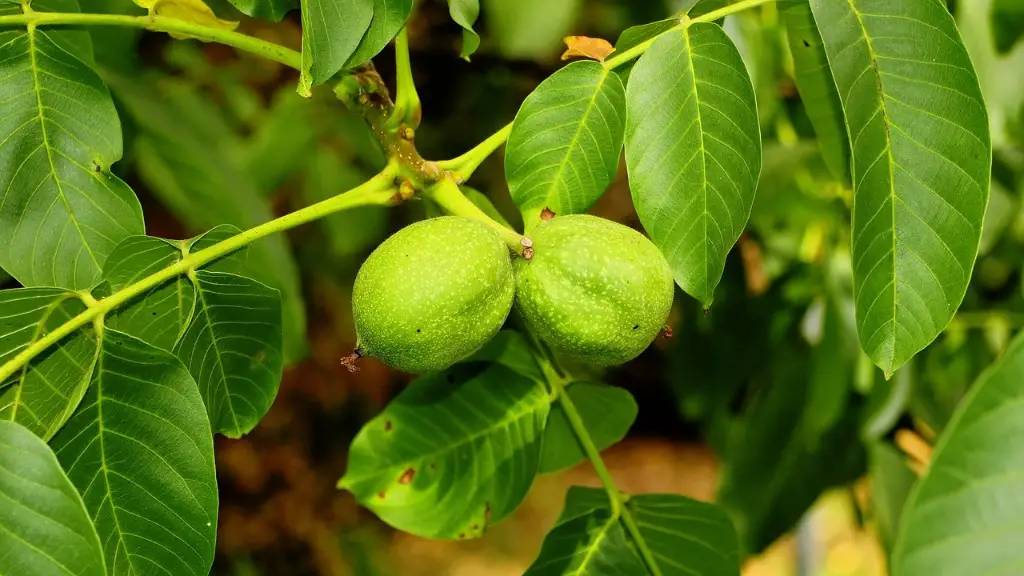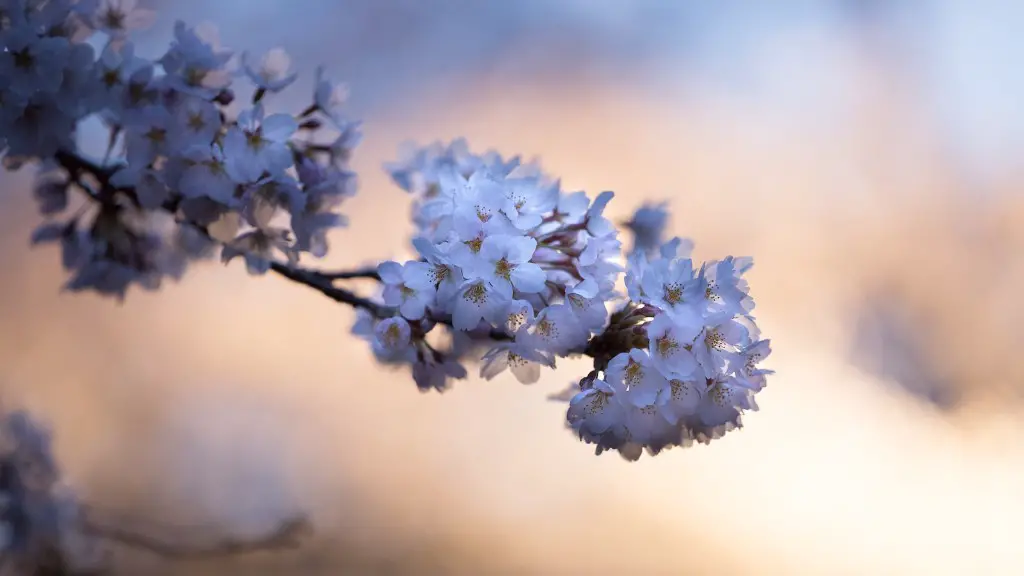When it comes to keeping a flowering cherry tree healthy, knowing when to trim it is essential. But it can be difficult to know when and how to properly prune a cherry tree so that it will continue to thrive and bloom each spring. Understanding the basics of cherry tree pruning can help prevent damage to the tree, improve flowering and extend the life of your tree.
To encourage flowering, it’s best to trim a flowering cherry tree while it’s dormant, typically between December and February. Pruning during the winter months is perfect because the tree is less vulnerable to disease, and all the flowers have finished blooming. Pruning any other time of year can reduce the potential for the fruitful blooms that make these trees so special. By pruning at the right time of year, you’ll ensure that you have the most blooms possible each season.
When trimming, focus on dead branches and any branches that don’t have light and air circulation. If you don’t, the branches will become weak, overcrowding the tree and making it more susceptible to disease and insect infestations. Also, use sharp, clean pruning shears to avoid damaging the branches and the tree itself. By the same token, it’s important to avoid pruning too much at once, as this can interfere with the tree’s natural structure and prevent adequate growth.
Experts note that cherry trees should be pruned to a V-shape or a central leader to maximize flower production. This type of pruning encourages lateral branching, which will increase the amount of new growth and make the tree more open and airy. This enables sunlight to penetrate deep into the tree, which will maximize flowering potential and help the tree thrive. Additionally, it’s important to leave the larger, more mature branches in place, as they are typically more productive in terms of flower production.
Furthermore, it’s important to use sanitized shears and pruning saws while pruning. This will prevent the spread of bacteria and fungi that can damage the tree and reduce bloom production. Finally, it’s also important to clean up any dead branches and debris around the tree, as this can harbor disease, further damaging the tree.
Restoration
One of the most important pruning techniques for a flowering cherry tree is restoration pruning. Restoration pruning is designed to help restore an older tree to its original state. This process involves removing some of the older, less productive branches and replacing them with newer, more productive ones. This will help ensure that the tree will have lots of flowering potential and help the tree look healthier overall.
Most experts recommend restoring a cherry tree every 3-5 years. Restore pruning is best done between late winter and early spring, typically one to two weeks before blooming. This will allow for enough time for the new branches to become established before the blooming period. As with any pruning, it’s important to prune carefully and not cut too much at one time so that the tree won’t become weakened or too crowded.
Restoration pruning can also help rejuvenate a cherry tree that is suffering from disease or insect damage. By removing some of the damaged and dead branches, the tree will be able to grow healthier and stronger. If a tree has been damaged by severe cold or extreme weather, pruning back the damaged branches can help the tree heal and encourage new growth.
Structure Pruning
In addition to restoring a cherry tree, it can also be beneficial to perform structure pruning. This type of pruning is done to maintain the overall structure of the tree and ensure proper growth. This includes removing any crossing or dead branches, pruning to allow light penetration, and removing any branches that are growing in a direction that could endanger other parts of the tree.
Structure pruning is best done shortly after restoration pruning is complete. This will help ensure that the tree maintains its healthy shape and prevents it from becoming overcrowded. Structure pruning is typically done every 3-5 years, depending on how large and mature the tree is.
Finally, it’s important to fertilize a flowering cherry tree each year. Fertilizing at the beginning of April, a few weeks after flowering is complete, is best, as the tree will benefit from the extra nutrients during the summer months. This can help encourage new growth and keep the tree healthy and strong.
Sanitation Pruning
Sanitation pruning is an important component of maintaining a healthy cherry tree. Sanitation pruning involves removing any diseased branches and removing any dead or broken branches. It is important to sanitize the area after pruning to reduce the potential for disease. Fungicides and bactericides can also be used to prevent the spread of disease and infections.
Sanitation pruning should be done every year, depending on the health of the tree. By removing diseased branches, it helps to maintain the overall health of the tree and ensure the optimal amount of blooms in the spring. Additionally, it can help to reduce the incidence of pests, as well as prevent and reduce the spread of disease.
When it comes to caring for a flowering cherry tree, knowing when and how to prune is essential. By pruning during dormancy, restoring and structure pruning, and sanitation pruning regularly, you can keep your tree healthy and encourage a beautiful and abundant spring bloom!
Foliar Fertilization
Another important pruning technique for a flowering cherry tree is foliar fertilization. This technique involves applying a fertilizer directly to the foliage of the tree. The fertilizer is applied to the leaves in a diluted solution, which is then absorbed by the tree.
Foliar fertilization is beneficial because it helps to maintain the health of the tree and encourages more abundant blooms in the spring. Additionally, this type of fertilization helps to increase the amount of nutrients that are available to the tree, which can lead to healthier growth and bloom production.
Foliar fertilization is best done right after flowering has ended, typically in late April or early May. This will help ensure that the fertilizer is properly absorbed and that the tree has plenty of nutrients available throughout the summer months.
Foliar fertilization can help a flowering cherry tree stay healthy and produce more blooms each year. While there are no exact guidelines for how often to fertilize or how much to apply, it is generally recommended to fertilize every 3-4 weeks throughout the growing season.
Watering and Mulching
In addition to pruning and fertilization, it’s also important to properly water and mulch a flowering cherry tree. This helps to maintain the health of the tree and ensure that the roots have access to moisture. Additionally, it also helps to protect the tree against extreme temperatures and can reduce the need for frequent watering.
Watering is best done twice a week and should be done in the early morning hours to avoid evaporation. It is important to water deep roots to ensure that the water reaches the entire root system. Additionally, it is recommended to apply a 2-3 inch layer of mulch around the base of the tree to help retain moisture and provide insulation for the roots.
By following these simple steps, you can ensure that your flowering cherry tree will stay healthy and produce an abundance of blooms each year. With regular pruning, fertilization, watering, and mulching, you can be sure that your tree will always look its best!





